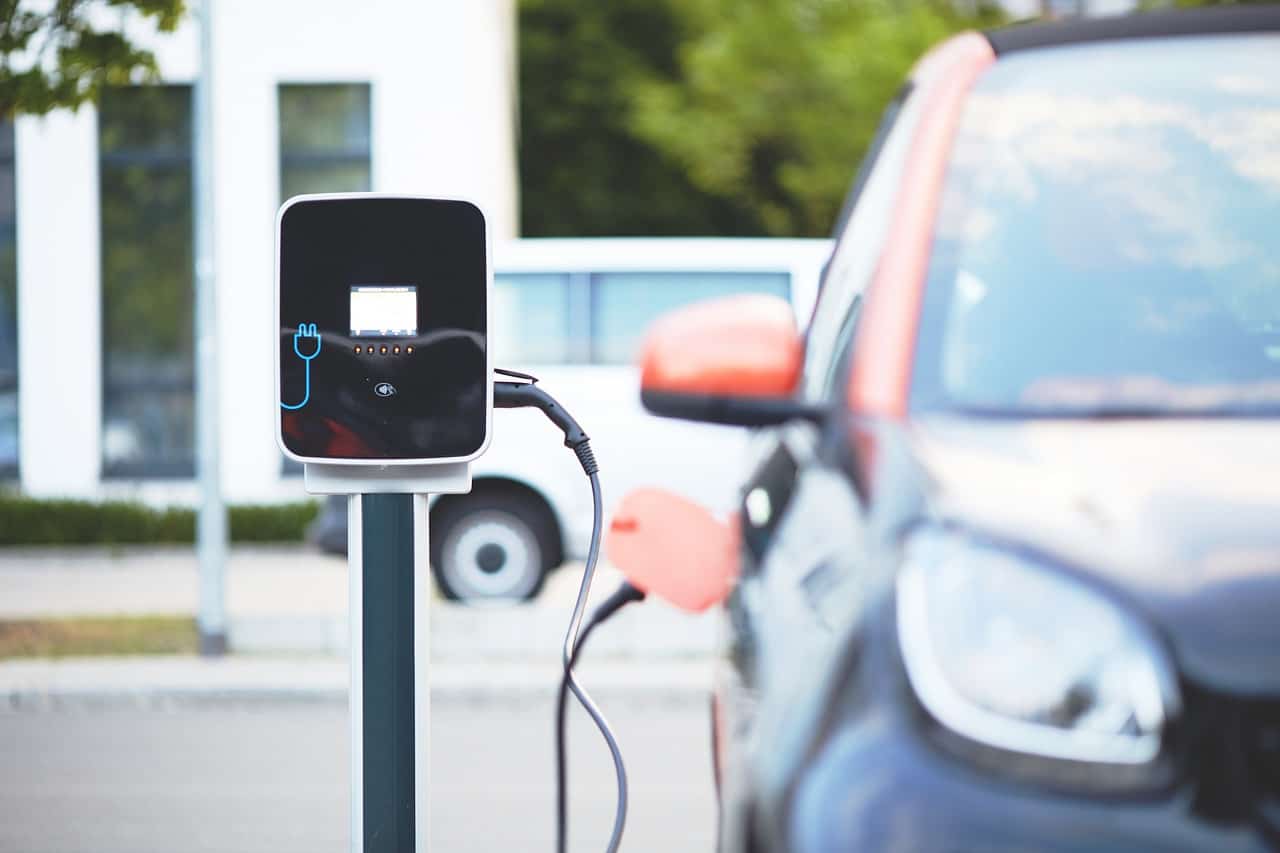
The MOT test was introduced in 1960 to help keep the UK’s road network safer by ensuring that all the vehicles using it were roadworthy. As motoring has changed, the MOT test has adapted, to the point that it now includes things like emissions, to keep air pollution down to a minimum; tyre inflation, now that modern tyre technology works best at optimal inflation levels; and so on. With the advent of electric cars, the MOT test is being forced to change again.
The short answer here is that, yes, your electric car will need an MOT when it reaches its third birthday, just as internal combustion engines do. And, just like fuel cars, electric cars are expected to always meet a basic standard of roadworthiness of which the MOT test is just an annual ‘temperature check’. So, stay ahead of your deadlines with the prompt and efficient MOT Testing services in Brighton offered by KAP Motor Group.
One of the first things electric car newbies learn is that their new car is considerably heavier than their old one. This is because electric cars contain enormous and weighty batteries that can drive up their comparative weight up anywhere from thirty percent to nearly double that of similarly sized fuel-driven cars. This has already given electric vehicles the reputation of being hard on their tyres, and indeed, more electric cars fail their MOT because of issues with their wheels and tyres than for any other reason. A subsidiary reason for the greater tyre wear is the sharper responses that electric cars offer – these can put more stress on the tyres, causing them to wear out faster.
Some MOT testers are confused by the DVSA’s instruction to ‘check all batteries’ – many electric cars have immense batteries which send high-voltage energy throughout the body of the car, most often encased in orange insulation. Having to ferret about inside a tangle of this orange high-voltage wiring is a potential hazard, especially if the insulation has become worn or holey for any reason, and MOT testers are reluctant to test cars which they feel could be a risk to their lives. However, the instruction to examine ‘all’ the batteries is one that should be taken with a pinch of salt. No MOT tester, in any car, ever, is permitted, never mind expected, to dismantle any part of the car they are testing. As much of the high-voltage equipment is firmly hidden away behind protective sheets, as is much of the large battery that powers the car’s forward motion. This means that what the MOT inspector will examine will be largely the same sort of battery and power levels as they are accustomed to with internal combustion engines. And many testers say that MOT testing electric cars is faster and easier than their fuel consuming cousins, which makes them very happy to take on the still slightly unfamiliar electric cars when it comes to MOT-time.
Instead of the internal combustion engine which then powers the various systems that allow the car to be driven under the control of the driver, electric cars operate through a drivetrain which is powered by the battery. This system falls into three parts: the electric motor, the drive shafts (which convert electrical energy into forward motion) and the transmission, which controls your speed and the measure of control the driver has over the vehicle. If this all sounds quite daunting, it shouldn’t! Just as MOT inspectors do not make sure that your ignition engine is running properly, nor do they check the inner workings of your electric car either. As mentioned above, MOT tests do not dismantle anything, and much of the above workings of an electric car are firmly tucked away behind a sturdy panel, leaving them to test things that will sound very familiar, even to a first time electric car driver: wheels, lights, steering, brakes, structural integrity, and even seemingly small things like ensuring that the number plate is firmly and correctly fixed to the car.
While it is still relatively early for electric cars (they are still vastly outnumbered by internal combustion engines) steps are already being taken to accommodate the increase in electric driver ship. From charging stations so MOT tested vehicles can be topped up before being returned to their owner to experts in electric motors, even to a reluctance to purchase pricy and state of the art emissions testing equipment, as it will, within a decade or so, become obsolete.